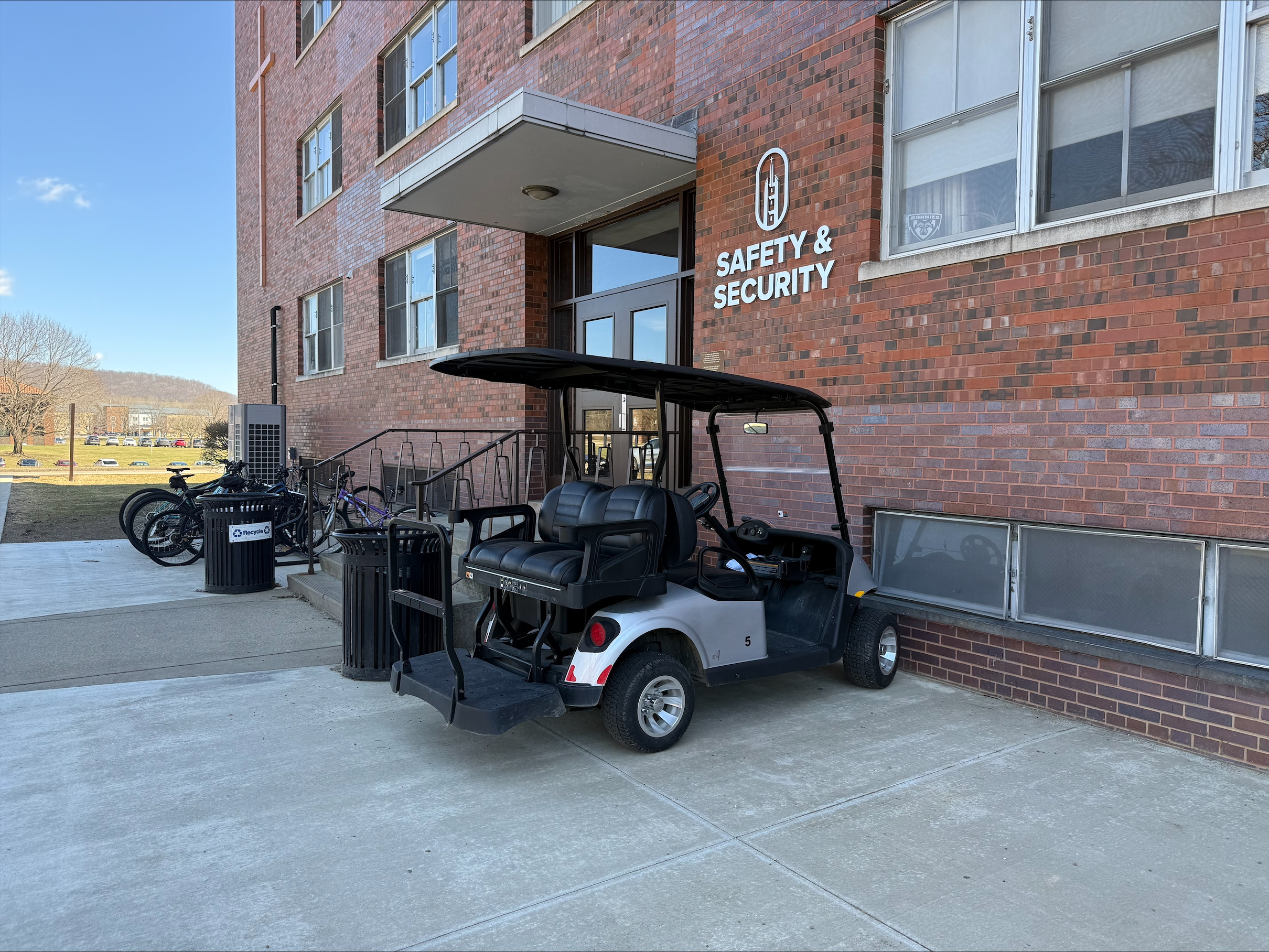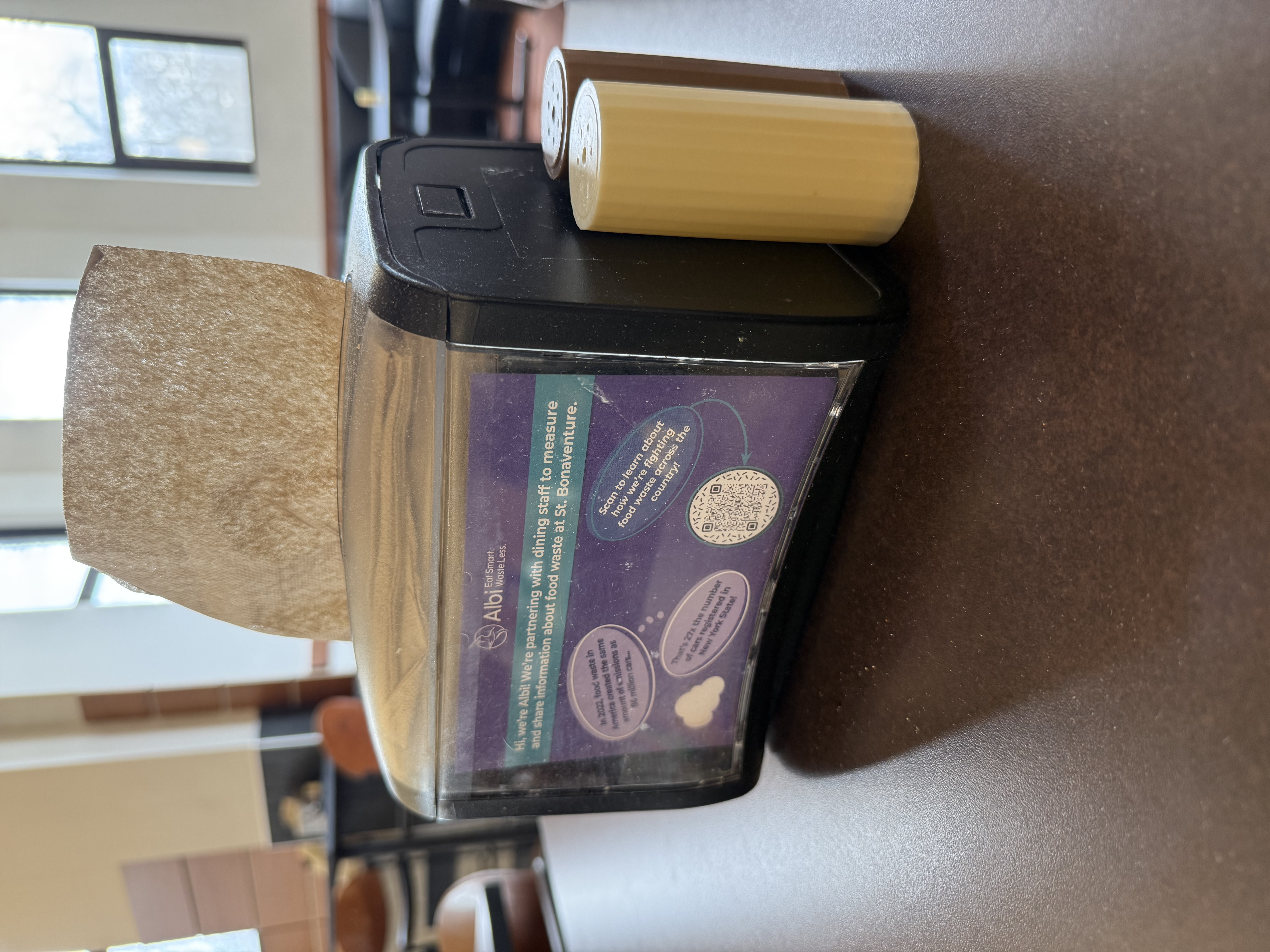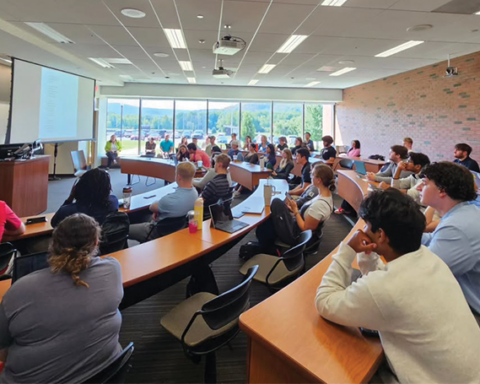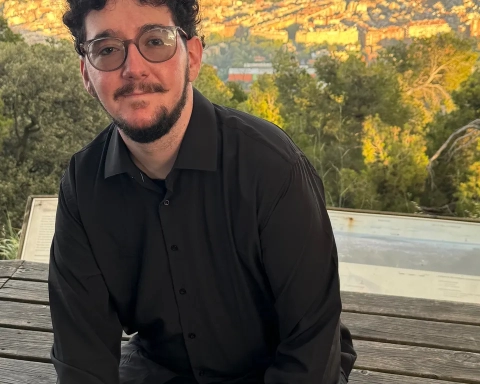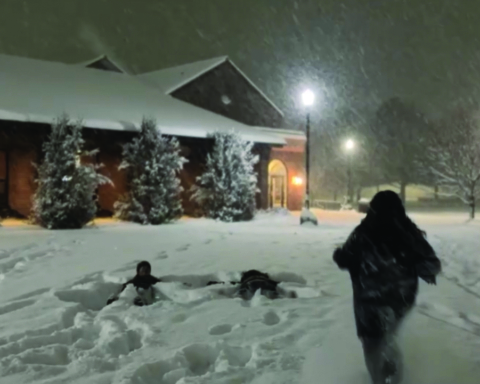By Kristie Schiefer
News Assignment Editor
St. Bonaventure University will conduct an emergency preparedness drill at 9 a.m. April 6 in conjunction with local agencies to test part of the Campus Emergency Plan.
The drill will simulate a chemical spill from a rail car on the tracks near the west end of campus and involve more than a hundred role players and participants, from students portraying victims of the “spill” to actual emergency responders in the region. A smoke machine next to a rail car will be used to simulate the chemical leak, according to a March 22 university news release.
Lasting about three hours, the drill will close campus to almost all entering and exiting traffic from roughly 9 to 10 a.m. until the stimulated spill is “contained.” Those who need to absolutely get on or off campus during the brief period should contact the Office of Safety and Security to make arrangements.
The west entrance to campus will remain closed for the duration of the drill, but traffic will be permitted to enter and exit at the main and Francis Road (east) entrances by 10 a.m. Cars located on the west side of campus will be allowed to exit after 10 a.m. though those entrances, according to the same news release.
Students will be recruited to act as victims of the spill by the residence life staff under the leadership of Nichole Gonzalez, executive director of residential living and chief judicial officer, according to Rick Trietley, vice provost for student life.
The 25 students will be treated on the scene and some will be transported to Olean General Hospital. Another 40 role-playing students will be evacuated from campus by bus to a local school, according to the news release.
Since 2010, Vito Czyz, director of Safety and Security, said there were no significant chemical spills in the area that he was aware of.
“There is always a possibility (of a chemical spill) with our close proximity to the Western New York & Pennsylvania Railroad, Interstate 86 and Route 417,” he said.
Czyz also said during any large-scale emergency, the university would rely heavily on outside agency support to respond to and stabilize the situation.
“The more we can practice with outside responding agencies, the more likely we will be able to respond in a unified and appropriate manner in a real event,” he said.
External agencies taking part in the exercise include the New York State Police, Cattaraugus County Sheriff’s Department, Allegany and Olean Police, Olean General Hospital, Cattaraugus County Emergency Services, Allegany EMS and Fire Department, Western New York & Pennsylvania Railroad, Allegany-Limestone Central School District, and the Transportation Security Administration, according to the same news release.
“The chemical spill scenario was chosen for this year’s exercise because it offered us a great opportunity to collaborate,” said Trietley. “This scenario also provides an opportunity to test different parts of our plan to include response to a mass casualty situation, student evacuation to a ‘safe’ zone and establishment of a joint command post.”
Trietley believes all members of the campus community will also benefit from the emergency training and drills.
“These types of training exercises and drills build confidence, trust and knowledge that allow people to react in a swift and appropriate manner if or when a true emergency exists,” Trietley said.
Trietley said he also believes that most students are aware of disasters and take them seriously.
“Five years ago, our Emergency Preparedness Planning Group developed a detailed campus emergency plan that outlined a number of potential emergency situations,” he said. “Students and parents are made aware of the plan during freshman orientation, residence hall educational programs and other communication measures such as the SBU website and Notice Board announcements.”
Most of the costs associated with the exercise will be responsibility of responding agencies, according to Czyz.
Other than students and staff acting as role players during the exercise, members of the campus community are asked to stay in their residence halls or work areas during the first hour of the drill with their windows closed, and to avoid walking or driving near the impacted drill area — near Shay-Loughlen halls and the west side of campus — for the entire drill, according to the news release.
Members of the Bonaventure community will be alerted and updated throughout the drill through the E2campus text alert system and the campus email system.

